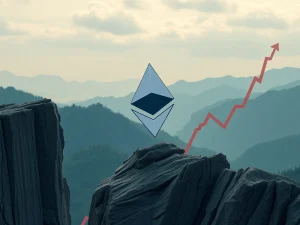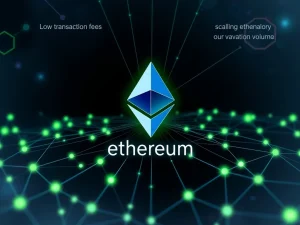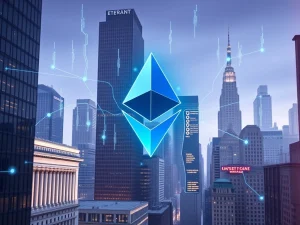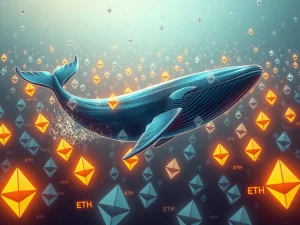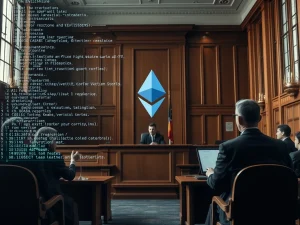Ethereum’s Breakthrough: New Token Standards Promise Seamless Cross-Chain
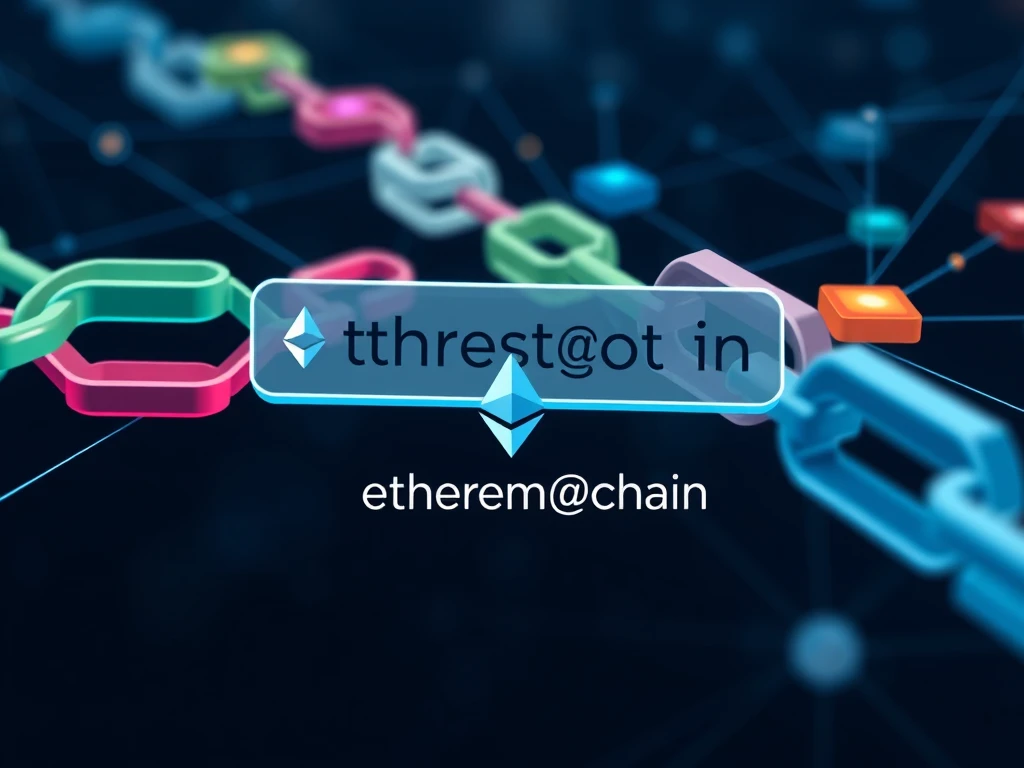
The world of blockchain can be complex, especially when trying to move assets between different networks. Navigating **cross-chain** transactions often feels like a maze, requiring users to juggle different addresses, switch networks in wallets, and constantly double-check compatibility. This fragmented experience can lead to confusion, errors, and even lost funds. But what if interacting with multiple blockchains felt as simple as sending an email? **Ethereum** developers are working on exactly that, aiming to drastically improve the **multichain UX**.
Simplifying **Cross-Chain** Interactions
Currently, there’s no single, unified way for wallets, applications, or protocols within the Ethereum ecosystem to handle addresses across different chains. Wallets might follow one set of rules, while decentralized applications (DApps) or block explorers follow others. This inconsistency creates a messy experience for users attempting **cross-chain** activities. As noted by the decentralized finance (DeFi) ecosystem development organization Wonderland, this lack of standardization “breaks **cross-chain** UX.”
Introducing New **Ethereum Token Standards**: ERC-7930 and ERC-7828
**Ethereum** developers, with support from groups like Wonderland, are tackling this issue head-on by proposing two new **token standards**: ERC-7930 and ERC-7828. These standards are designed to work together to create a more consistent and user-friendly environment for interacting across different blockchains connected to Ethereum.
- **ERC-7930:** This standard defines a compact, machine-readable format for interoperable addresses. It’s optimized for protocols and applications that need a single, efficient representation of an address regardless of the specific chain. Think of this as the format computers and smart contracts will use.
- **ERC-7828:** Building upon ERC-7930, this standard adds a human-readable layer. It introduces formats like
address@chain, making it easy for users to understand which chain an address belongs to. This is the layer designed for user interfaces in wallets and DApps.
Together, these two standards aim to bridge the gap between machine efficiency and human clarity, significantly enhancing the overall **multichain UX**.
Boosting **Blockchain Interoperability** and Preventing Errors
The proposed system has significant benefits for **blockchain interoperability** and user safety. By allowing the sender to specify the target blockchain directly within the address format (like using address@chain), the system can prevent users from mistakenly sending assets to the correct address but on the wrong chain. This common mistake is a major cause of lost cryptocurrency. The new standards would enable wallets to become more blockchain-agnostic from the user’s perspective. When a user inputs an address, the format itself would help the wallet determine the intended destination chain, reducing the need for users to manually switch networks in their wallet settings. This streamlines the process and reduces friction for users interacting with multiple chains within the **Ethereum** ecosystem.
The Path Forward for These **Token Standards**
These proposed **token standards** are currently under discussion within the **Ethereum** Foundation’s interoperability working group. Developers involved, such as Teddy from Wonderland, have highlighted the urgent need for feedback from the community on forums like ETH-Magicians. The goal is to finalize these standards in the near future, paving the way for their implementation across wallets, DApps, and protocols. Community input is crucial to ensure these standards effectively address the diverse needs of the **Ethereum** ecosystem and deliver on the promise of improved **blockchain interoperability**.
In conclusion, the introduction of ERC-7930 and ERC-7828 represents a significant step forward for **Ethereum** and the broader DeFi landscape. By standardizing **cross-chain** addresses and improving the **multichain UX**, these proposed **token standards** have the potential to make interacting with different blockchains simpler, safer, and more intuitive for everyone. This effort towards greater **blockchain interoperability** is key to the continued growth and adoption of decentralized technologies.

